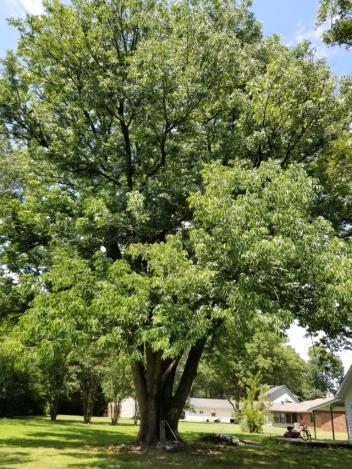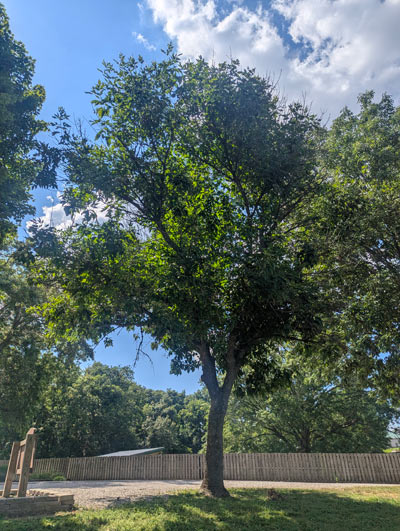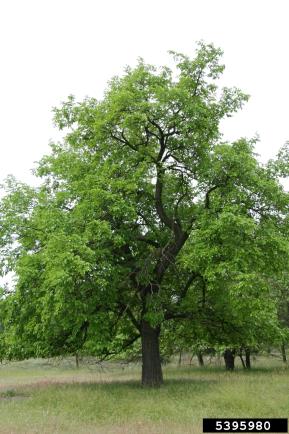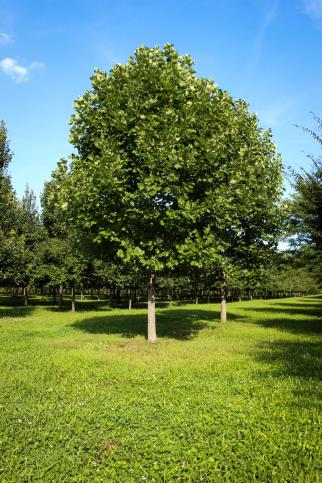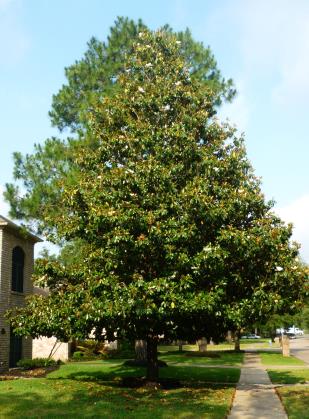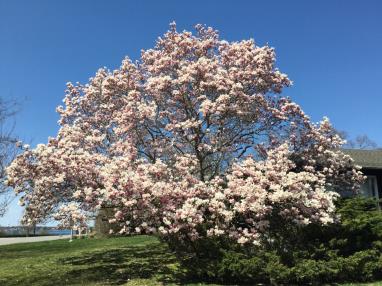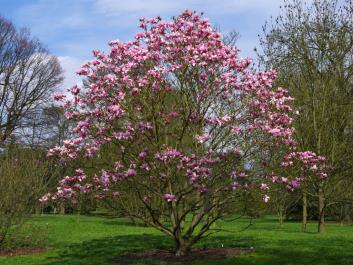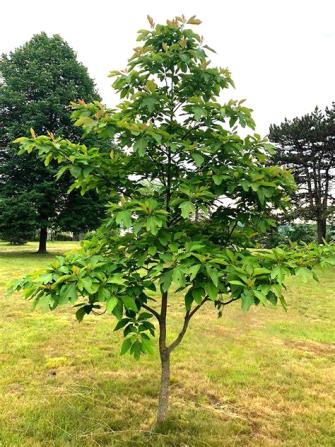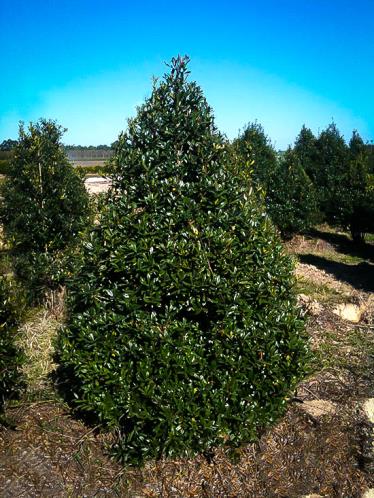White Ash
The tough, elastic wood has a pleasing grain and is used to make tennis racquets, hockey sticks, oars, furniture, interior floors and the Louisville Slugger baseball bat. The juice from leaves relieves the swelling and itching of mosquito bites and has a folkloric use as a prophylactic measure for snake bites.

